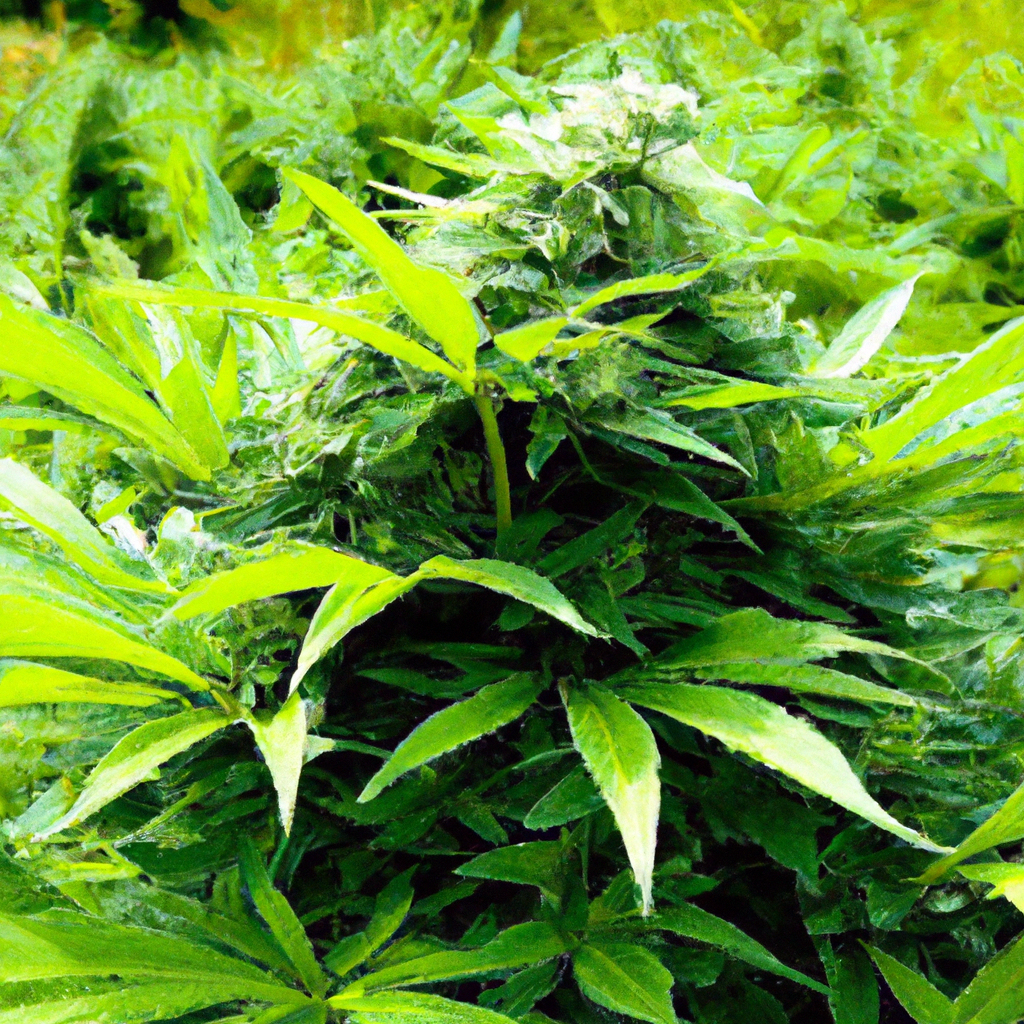Your cart is currently empty!
Growing cannabis outdoors offers a rewarding experience for cultivators who leverage the natural environment to their advantage. However, outdoor cultivation comes with its own set of challenges and opportunities that differentiate it from indoor growing. In this article, we provide expert tips and practical approaches to help you succeed in outdoor cannabis cultivation.
Choosing the Perfect Location
The success of outdoor cannabis cultivation largely hinges on selecting the right location. Factors such as exposure to sunlight, accessibility, and environmental conditions play crucial roles in plant development.
- Sunlight Exposure: Aim for a location that receives at least 6-8 hours of direct sunlight daily. This ensures optimal photosynthesis and accelerates plant growth.
- Wind Protection: Choose a spot with natural barriers like trees or hedges to shield plants from strong winds, which can damage branches and leaves.
- Soil Quality: Conduct soil tests to determine its pH and nutrient content. Amending soil with organic matter can enhance fertility and drainage.
Effective Planting Strategies
Optimizing planting strategies can significantly impact the health and yield of your cannabis plants. Consider the following techniques:
- Companion Planting: Integrate beneficial plants like marigold or basil to naturally repel pests and improve soil health.
- Spacing Considerations: Space plants adequately to ensure proper airflow, reducing the risk of molds and diseases.
- Succession Planting: Stagger planting dates to extend the harvest period, ensuring a continuous yield throughout the season.
Pest and Disease Management
Outdoor environments expose cannabis plants to a variety of pests and diseases. Implementing preventive measures is key to safeguarding your crops.
- Natural Predators: Encourage the presence of predatory insects like ladybugs and lacewings, which help control aphid populations.
- Organic Pesticides: Use neem oil or insecticidal soap to manage infestations without harming beneficial insects or the environment.
- Regular Monitoring: Conduct routine inspections to catch early signs of pest activity or fungal infections, enabling quick intervention.
Harvesting and Post-Harvest Practices
Mastering the timing and technique of harvesting is crucial to maximizing the potency and quality of your cannabis. Post-harvest practices also play a vital role in preserving the flavor and effects of your product.
- Timing the Harvest: Monitor trichome development with a magnifying glass; harvest when they shift from clear to a milky or amber hue for peak potency.
- Drying and Curing: Hang plants in a cool, dry space with adequate ventilation. Cure buds in airtight jars to enhance flavor and cannabinoid profile.
- Post-Harvest Inspections: Check buds for any signs of mold or mildew, and maintain optimal conditions during storage to prevent degradation.
Conclusion
Outdoor cannabis cultivation leverages nature’s elements to produce robust and flavorful plants. By selecting an ideal location, employing smart planting strategies, managing pests organically, and mastering harvest techniques, growers can ensure a successful and sustainable outdoor grow.
With these insights, you are equipped to tackle the challenges of outdoor cultivation and optimize your cannabis yields for a rewarding harvest season.
Discover more from Magic Clones
Subscribe to get the latest posts sent to your email.


Leave a Reply